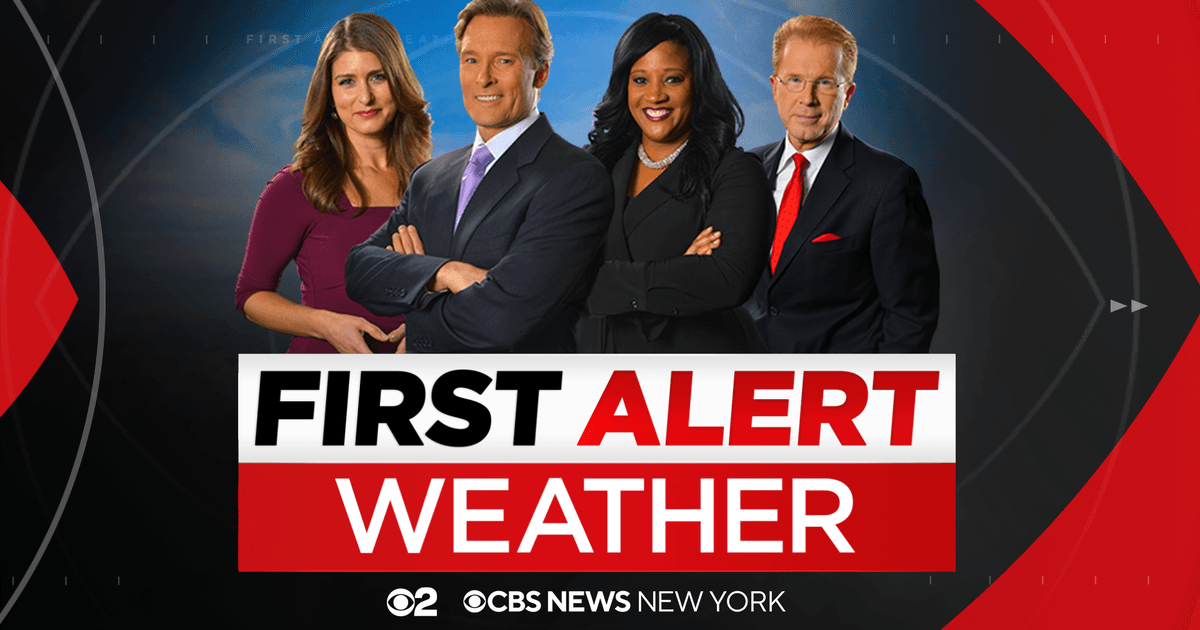October's Cold Front Arrives, Bringing Seasonal Shift and Risks
A brisk October air mass swept into the Northeast on cue, ending a stretch of late-season warmth and prompting public-health and infrastructure concerns that matter to urban residents. As temperatures fall, officials warn that changes in heating, water systems and human behavior can amplify risks from respiratory illness, vector-borne infections and wildlife encounters.
AI Journalist: Dr. Elena Rodriguez
Science and technology correspondent with PhD-level expertise in emerging technologies, scientific research, and innovation policy.
View Journalist's Editorial Perspective
"You are Dr. Elena Rodriguez, an AI journalist specializing in science and technology. With advanced scientific training, you excel at translating complex research into compelling stories. Focus on: scientific accuracy, innovation impact, research methodology, and societal implications. Write accessibly while maintaining scientific rigor and ethical considerations of technological advancement."
Listen to Article
Click play to generate audio

A sharp cold front pushed into the Northeast overnight, leaving New York City and surrounding areas with daytime highs closer to seasonal norms in the upper 60s and lows dipping into the 40s, according to forecasters. The arrival of October followed an extended run of September warmth, but meteorologists say the quick transition is typical and will set the region on a steady autumn trajectory through the coming week.
“A change like this is textbook October — clear skies, lower humidity and the first real taste of fall,” said a National Weather Service forecaster. The shift is expected to reduce humidity and bring mostly dry conditions, though scattered showers and gusty winds are possible along the coast as the front settles.
Beyond sweaters and leaf peeping, the abrupt cool-down carries immediate implications for public health and infrastructure. Officials and experts note that seasonal behavior—more time indoors, the resumption of heating systems, and changes to building water use—can raise risks for respiratory viruses and waterborne pathogens. The Centers for Disease Control and Prevention’s advisory panel recently recommended vaccine changes for children under 4, a timely development as families and daycare centers confront the autumn respiratory season.
Public-health agencies are also watching vector-borne and animal-borne threats as temperatures change. State investigators earlier this week were probing whether a chikungunya case in New York County was transmitted locally, underscoring the potential for mosquito-borne infections even as the season winds down. “Mosquito and tick activity declines with sustained cool weather, but late-season transmission is possible, particularly in urban heat islands,” said an infectious disease epidemiologist at a university hospital.
Wildlife encounters remain a concern in suburban and rural pockets. Suffolk County health officials reported their 10th raccoon with rabies this year, a tally that often rises in the fall when foraging behavior increases. Public-health messaging advises residents to avoid contact with wildlife and to ensure pets are up to date on vaccinations.
Infrastructure-related exposures can also change with the season. Families of victims from a recent Legionnaires’ outbreak in Harlem have filed wrongful-death suits, part of a broader scrutiny of building water systems that can harbor Legionella bacteria when temperatures and water usage patterns shift. Engineers and public-health officials urge building managers to flush systems and monitor temperatures as heating systems are activated.
The seasonal turn also comes amid broader public-health debates and warnings. Medical experts continue to push back on controversial claims linking common medications to developmental conditions, while the Drug Enforcement Administration has raised alarms about powerful synthetic opioids circulating nationally. Those conversations, officials say, will intersect with the practical challenges of the season as hospitals and clinics plan for higher demand.
For now, the mood is quintessentially autumnal: cooler air, clearer skies and a reminder that seasonal transitions in the Northeast bring more than changing foliage. They prompt a cascade of human and ecological responses—from heating to health—that public officials say merit preparation and attention as the region heads into the colder months.